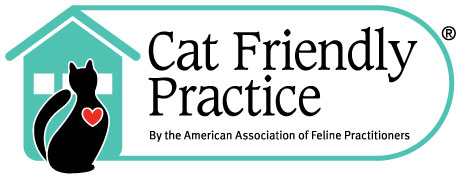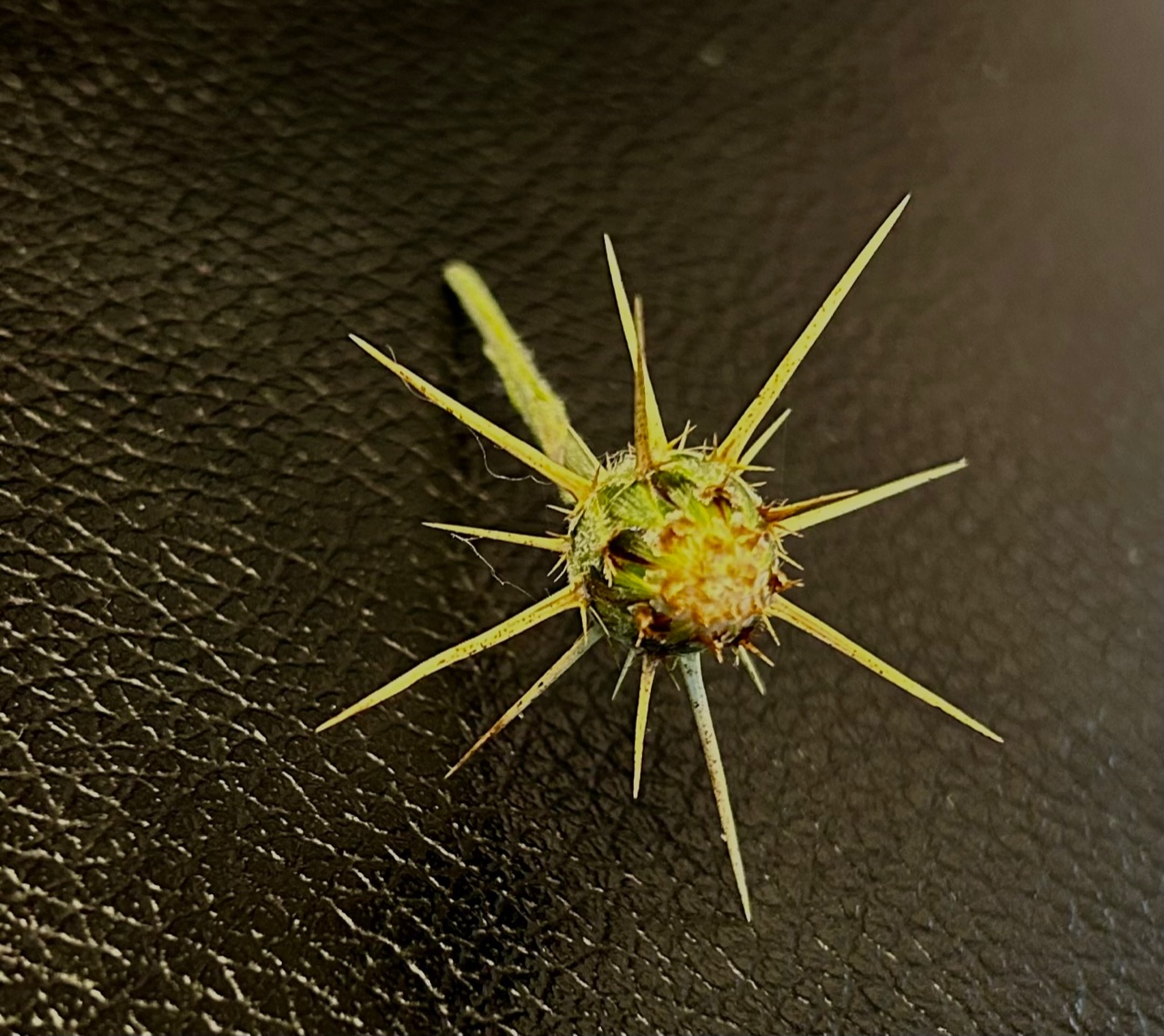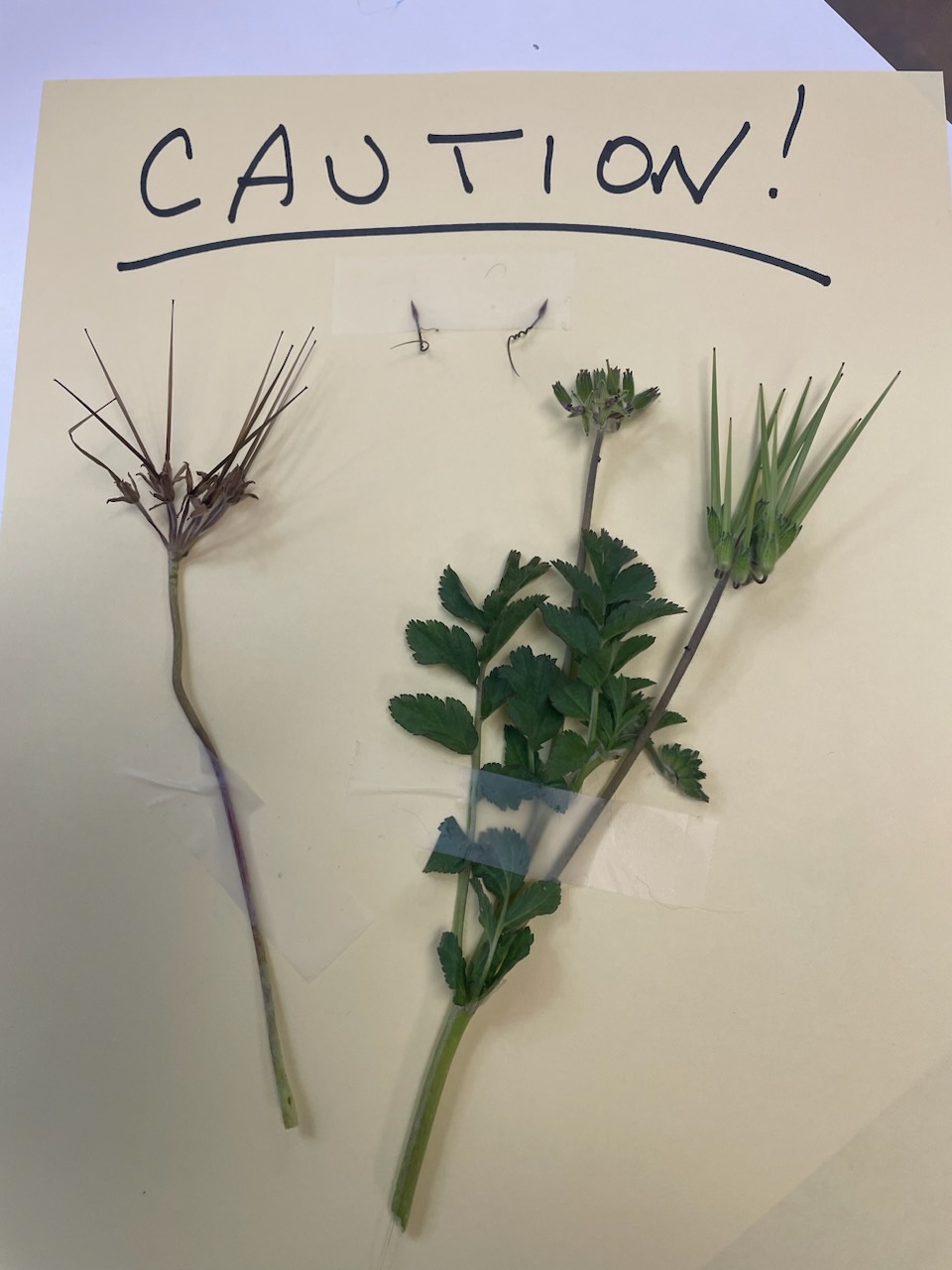Provided By: Webster Veterinary Supply
Easter grass. I love Easter baskets and fill mine with colorful artificial grass that really screams, Spring is here! If you do the same, remember to keep the Easter basket out of your pet’s reach. Consumption of artificial grass can cause minor gastrointestinal problems like constipation or vomiting OR major problems like intestinal blockages that may require surgical intervention. So, either place the Easter basket in a safe place or opt for tissue paper fillers.
Easter eggs. Both real and plastic eggs can be harmful to your pet. Consumption of real eggs can cause an upset stomach when munched upon and can cause a blockage if swallowed whole. And yes, some dogs gulp without chewing! Eggshells aren’t readily digested so the effects of eating hard-boiled eggs can cause several days of discomfort. Plus, we all know that some people hide Easter eggs in impossible places; however, even if we can’t find them, our dogs eventually will. As the egg stuck under the Azalea bush ages, it smells and as it smells, it becomes more findable. Consumption of rotten eggs never has a good outcome. Plastic eggs don’t spoil, but they also don’t digest which means you’ll be monitoring your dog’s poop until he passes them. And if he doesn’t pass them, you’ll be at the veterinary hospital for assistance. Talk about laying the golden egg!
 Easter lilies. What a beautiful hallmark of the Easter season! Lilies at Easter are like Poinsettias at Christmas ¦. lovely and poisonous. Cats have a tendency to nibble on the flowers and dogs may gobble them up. These flowers are toxic and may cause GI upset (vomiting and diarrhea), lethargy, and kidney failure. If your plant looks a little shaggy and you suspect that your pet has done a little unwarranted pruning, call your veterinarian. The ASPCA has a full list of poisonous plants online.
Easter lilies. What a beautiful hallmark of the Easter season! Lilies at Easter are like Poinsettias at Christmas ¦. lovely and poisonous. Cats have a tendency to nibble on the flowers and dogs may gobble them up. These flowers are toxic and may cause GI upset (vomiting and diarrhea), lethargy, and kidney failure. If your plant looks a little shaggy and you suspect that your pet has done a little unwarranted pruning, call your veterinarian. The ASPCA has a full list of poisonous plants online.
Easter candy. Yum! Can’t wait to eat the ears off your chocolate Easter bunny? Enjoy your treat, but don ™t share it with your cat or dog. Chocolate contains a chemical called theobromine that can cause vomiting, diarrhea, hyperactivity, elevated heart rate and even seizures when consumed by pets. Dark chocolate may be healthier for us, but it’s more toxic for cats and dogs. And some pets don’t remove the foil wrappers before eating their candy, which can worsen the situation. If your pet eats your Easter candy, call your veterinarian for instructions on how to minimize intoxication If you are one of the conservative crowd that has candy with sugar substitute instead of real sugar, good for you, bad for your pet. Sugar substitutes, like xylitol, can be toxic to dogs and cats and may cause a drop in blood sugar, seizures, and liver failure. So, the advice here is the same as always, keep candy out of your pet’s reach.
Real Animals in Easter Baskets. We all see the pictures of fluffy yellow chicks and floppy-eared bunnies advertised in Easter baskets. But what you don’t see is the ten-year commitment they come with and potential health hazards. As cute as they look in the store, they require as much responsibility to own as a cat or a dog. Chicks are popular animals at Easter; those fluffy little chicks quickly grow into full-size birds. They require lots of space, proper care, and they fast become a real responsibility that could take up a large amount of time each day.
Every year, many rabbits are abandoned at shelters a few weeks after Easter. Many parents buy bunnies for their kids’ Easter baskets without fully understanding the responsibility that comes with owning a rabbit. Rabbits are very fragile animals and can easily be injured by an overzealous hug from an excited child. They also have sharp teeth and claws, which can in turn, injure the child. Aside from the dangers of a hug, bunnies grow into adult rabbits very quickly. They require ample indoor space and their care is comparable to that of a cat or a dog. According to the House Rabbit Society, rabbits can live up to ten or more years: a long commitment to proper care.
So instead of purchasing a live chick or a bunny for a child’s Easter basket, consider a stuffed animal instead. The toys are cleaner, can withstand tight squeezes, and you don’t have to wake up at 5am every morning to feed it. Another alternative is to make a donation to a local zoo and sponsor an animal. Many organizations will send you a photo of the animal your donation goes towards that you can put in the Easter basket. Extend the fun of this gift with family trips to the zoo in the spring and summer to visit your sponsored animal. It is a great way to educate children and create a unique and interactive Easter experience. How many other kids at school can say that they got a hippopotamus for Easter?
Above information is referenced from: Dr. Lynn of mypeted.com, Yahoo Easter pet safety, ASPCA, rabbit.org and cdc.gov









Leave A Comment
You must be logged in to post a comment.